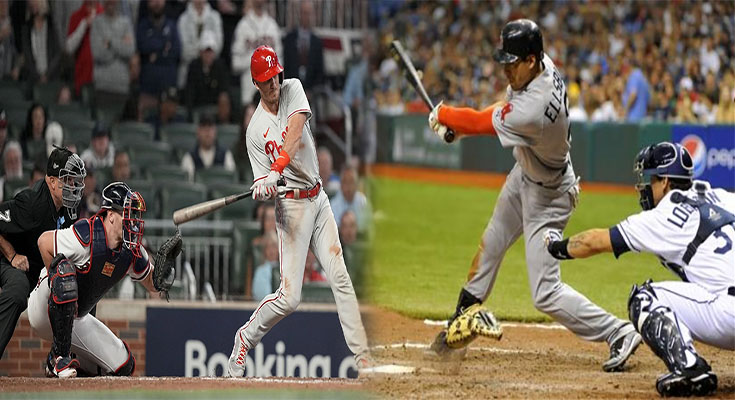
Baseball Rules: Understanding Catcher’s Interference
Baseball is a sport with many intricate rules that govern different aspects of the game. One such rule that often sparks controversies is the concept of catcher’s interference. This rule comes into play when the catcher obstructs the batter’s ability to swing the bat, leading to a range of potential outcomes. In this article, we will dive into the details of catcher’s interference, exploring its definition, consequences, and how it is determined in a game.
What is Catcher’s Interference?
Catcher’s interference occurs when the catcher, intentionally or not, hinders the batter’s ability to hit the ball. The interference can happen during the batter’s swing or even before they make any contact with the ball. It is often the result of the catcher moving too close to the batter, reaching over the plate, or getting in the way of the swing path.
Consequences of Catcher’s Interference:
When catcher’s interference is called, …
Baseball Rules: Understanding Catcher’s Interference READ MORE
